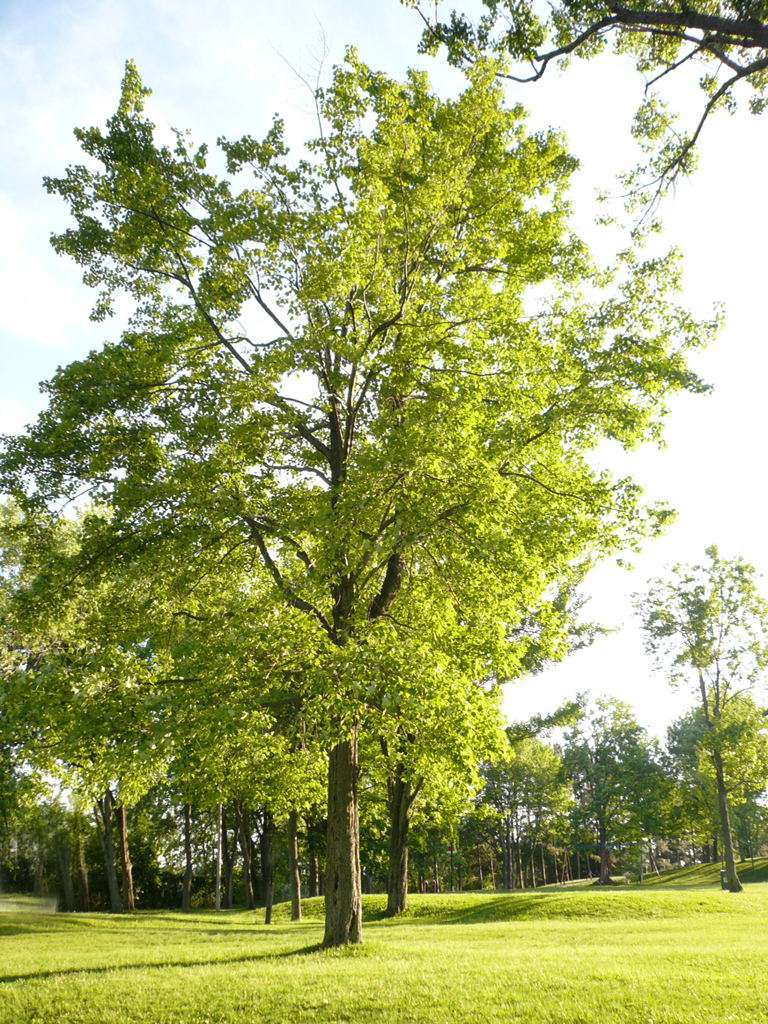What to Know About Kawasaki Disease, the Pediatric Inflammatory Condition Possibly Linked to COVID-19
Six weeks ago, in the relatively early days of the U.S. COVID-19 outbreak, Dr. Veena Goel Jones, a pediatric hospitalist with Palo Alto Medical Foundation in California, treated a six-month-old baby girl for what she calls “classic Kawasaki disease.” The infant had fever, rash and swelling characteristic of the pediatric inflammatory condition.
Jones, who is also an adjunct clinical assistant professor at the Stanford School of Medicine, and her team also tested the girl for COVID-19, mainly out of hospital protocol—”not necessarily because we felt very strongly like she must have the virus,” Jones says.
But the girl did test positive for COVID-19, despite never developing a cough and having only minor congestion. Struck by the possible combination of COVID-19 and Kawasaki, Jones and her colleagues published a case report in Hospital Pediatrics last month.
Now, their clinical experience seems even more noteworthy. Similar reports have since come out of the U.K., Italy, Spain and New York City.
Fifteen children between the ages of two and 15 were treated for Kawasaki-like inflammatory symptoms in New York City hospitals between April 17 and May 1, according to a recent announcement from the New York City Department of Health. Four tested positive for COVID-19, while six tested negative but had antibodies in their blood that suggested they had recovered from coronavirus. All of the children survived, but half required blood-pressure support and five needed mechanical ventilation, according to the bulletin.
“Even though the relationship of this syndrome to COVID-19 is not yet defined…the clinical nature of this virus is such that we are asking all providers to contact us immediately if they see patients who meet the criteria we’ve outlined,” New York City Health Commissioner Dr. Oxiris Barbot said in a statement provided to TIME.
Many questions remain, but here’s what we know about Kawasaki disease and COVID-19 so far.
What is Kawasaki disease?
Kawasaki disease is a rare pediatric inflammatory condition that results in swelling throughout the body’s arteries, including those that lead to the heart. It also affects the lymph nodes, skin and mucous membranes, according to the Mayo Clinic. Early symptoms typically include fever, skin rash, red eyes, cracked lips and swelling; as the disease progresses, symptoms can also include peeling skin, gastrointestinal distress and joint pain.
About 3,000 cases of Kawasaki disease are diagnosed each year in the U.S., according to the National Organization for Rare Disorders. It predominantly affects children ages five and younger, and is more common among boys than girls.
If left untreated, Jones says, Kawasaki can lead to serious cardiac complications. But with medical attention, it’s usually easily treated with anti-inflammatory drugs. Jones’ patient broke her fever within a few hours of finishing an infusion of intravenous immunoglobulin, she says.
What’s the relationship between Kawasaki and COVID-19?
That’s still under investigation. But Dr. Roshni Mathew, Jones’ colleague and a pediatric infectious disease specialist at Stanford’s Lucile Packard Children’s Hospital, says “the general thought is this is a post-infectious trigger causing the immune system to hyper-react.” Infections of any kind can cause inflammation in the body. So it’s possible that SARS-CoV-2, the virus that causes COVID-19, is kickstarting Kawasaki-like inflammatory responses in small numbers of children, she says.
Some adult COVID-19 patients are also experiencing inflammatory responses, Mathew notes. Many of the most serious lung complications reported among COVID-19 patients tie back to inflammation in the body.
Like COVID-19, much is unknown about Kawasaki disease. Doctors aren’t totally sure what causes it, Jones says, but many believe it’s triggered by a viral illness. If there is a relationship between SARS-CoV-2 and Kawasaki, “I wouldn’t say that it would be that shocking to us,” Jones says.
Are the new reports cause for concern?
Not too much, Jones and Mathew say. While kids can get and spread COVID-19, most reports suggest they are less susceptible to infection than adults are. In the U.S., according to the most up-to-date Centers for Disease Control and Prevention data, only 2% of confirmed COVID-19 cases were among people ages 18 and younger. Children who do get sick also tend to have milder symptoms, if any.
Serious COVID-19 cases are rare among young people, and Kawasaki-like complications are rarer still. The 15 cases in New York City are certainly reason for further investigation, but they represent a very small portion of the more than 4,100 children who have been infected with coronavirus there as of May 4. (New York Times reporting, based on interviews with doctors in New York City and Long Island, suggests the number is closer to 50, but even this would be a small percentage.)
Mathew says any new COVID-19 complications are likely to get quite a bit of attention right now, given widespread public interest in the disease—but that doesn’t mean they’re reason to panic, or that doctors know exactly what’s going on. The fact that so few children get severe COVID-19 is encouraging, but it also means there’s not a lot of data on who gets sick and why.
“Some of these things are coming to the surface and becoming more prominent, but it is still extremely uncommon,” Mathew says. “A very small subset of the [pediatric] patients that develop COVID would end up having complicated disease.”
Jones agrees, noting that parents should do what they always do if they notice something amiss: consult a doctor. But at least given what’s currently known, she says, “families and parents have enough to worry about right now, and I wouldn’t add to that list.”
View original article
Contributor: Jamie Ducharme

